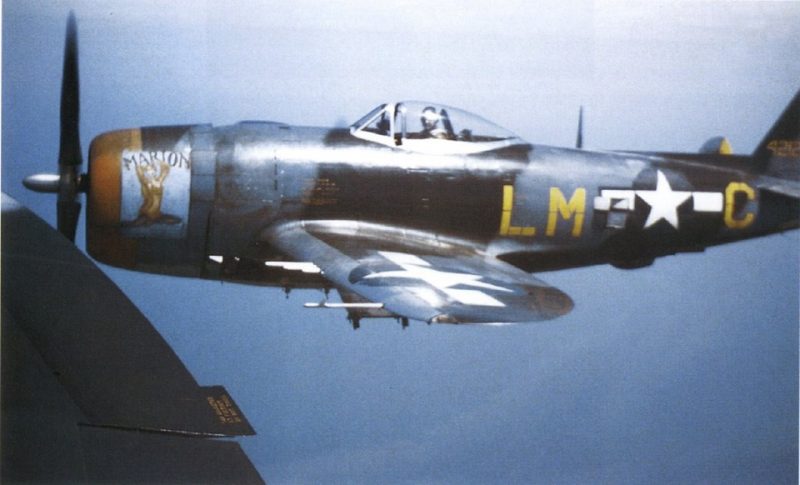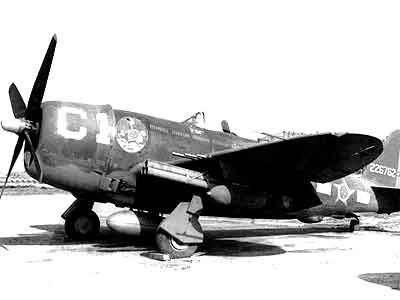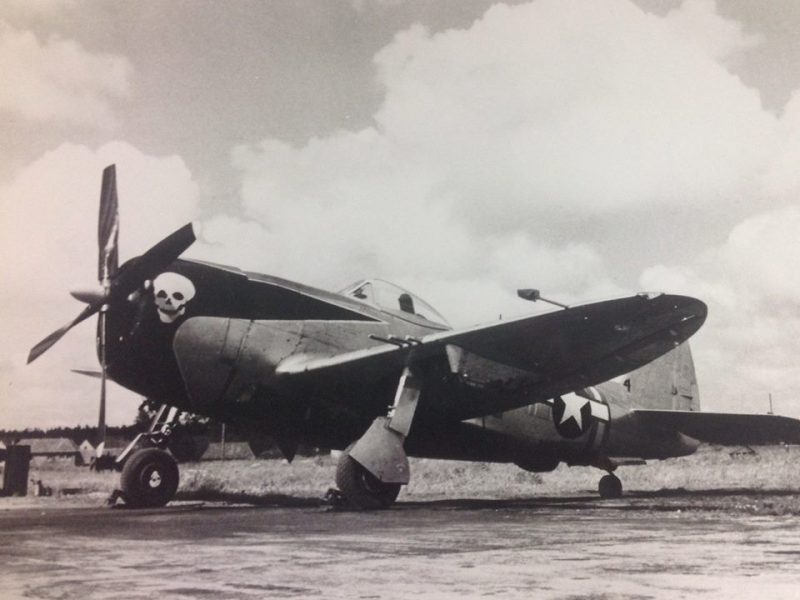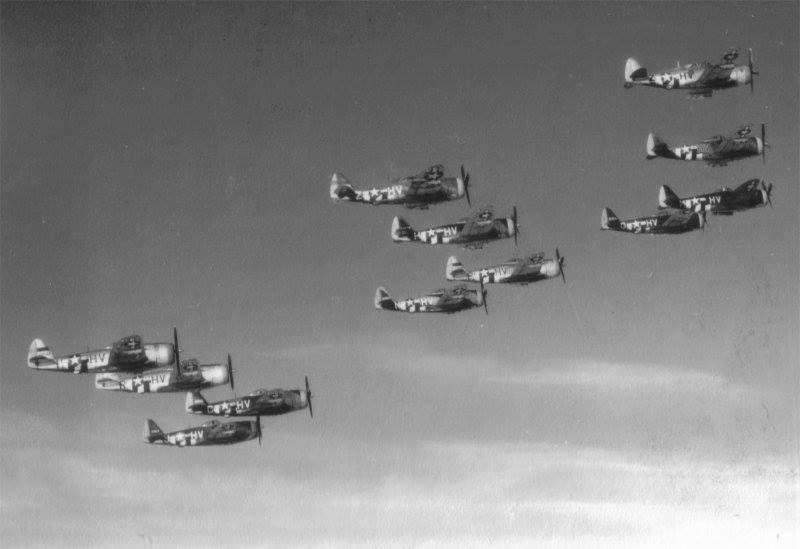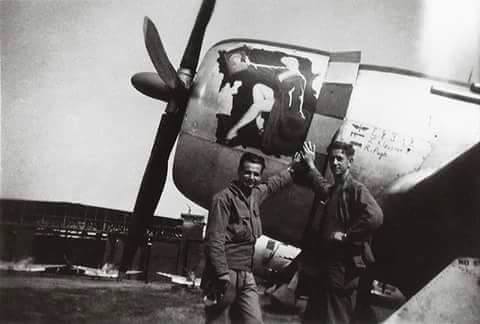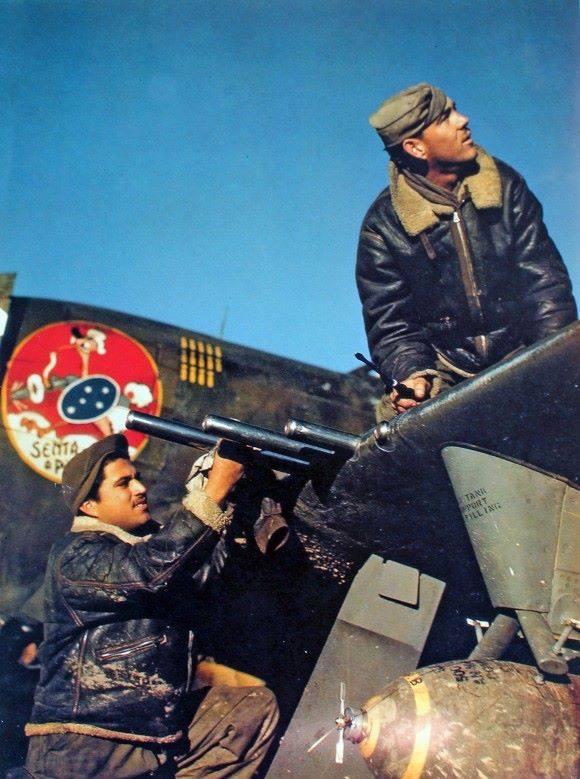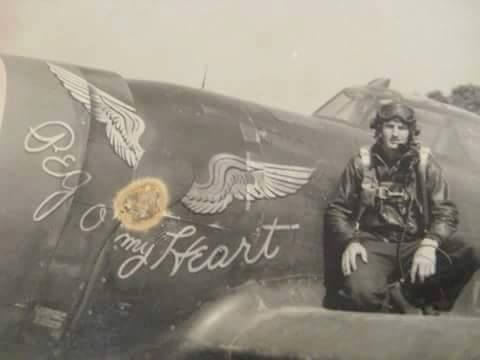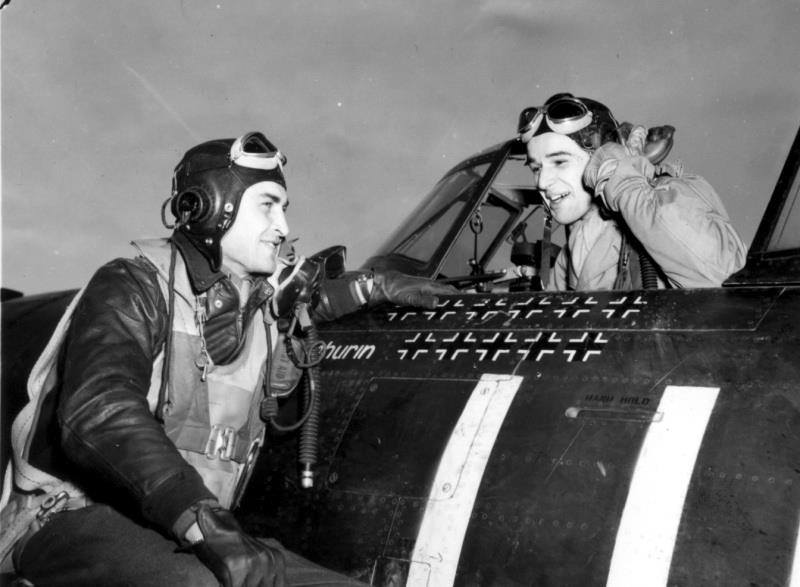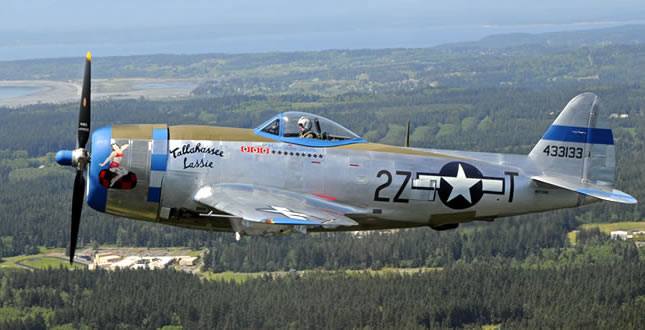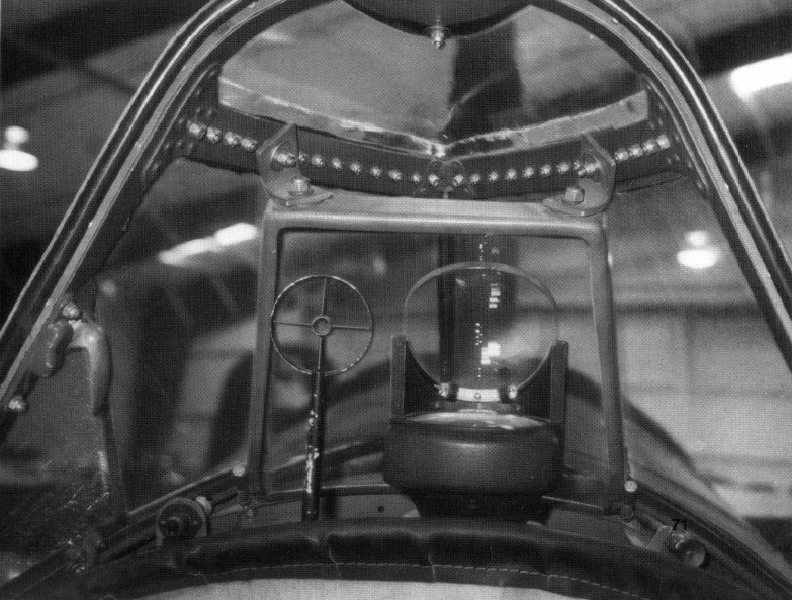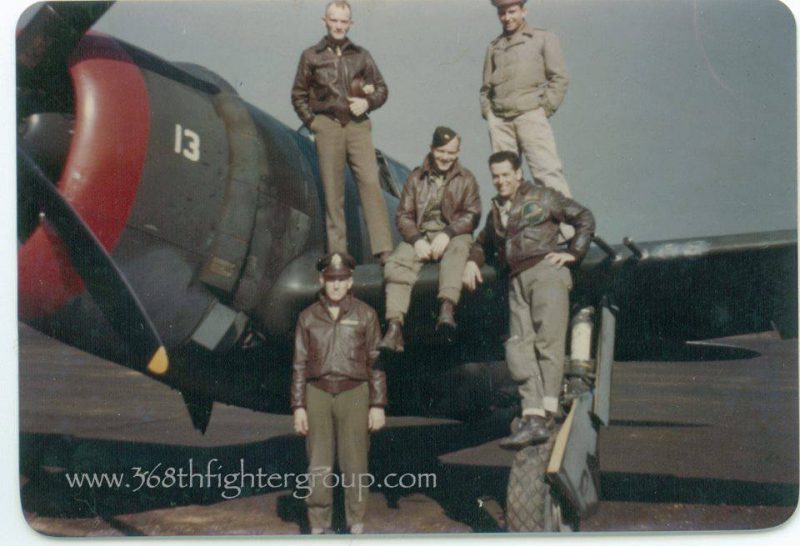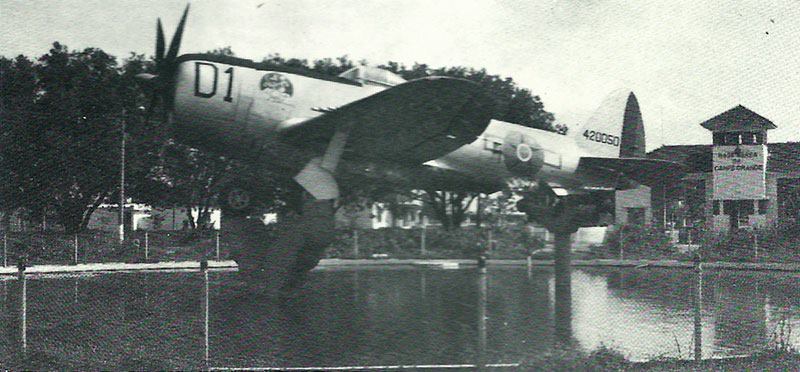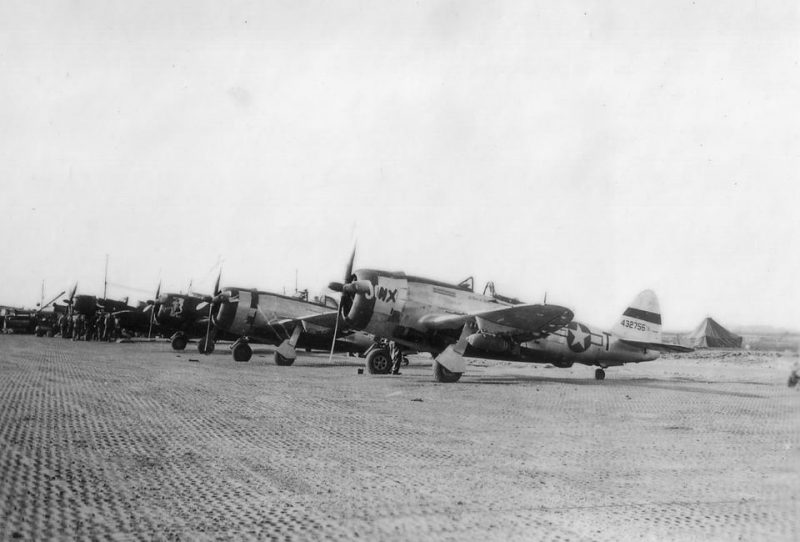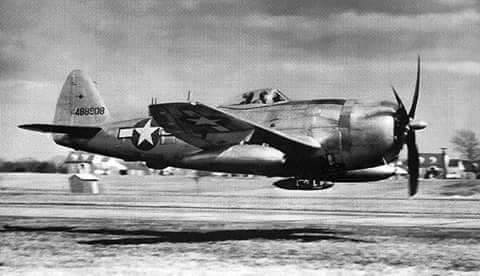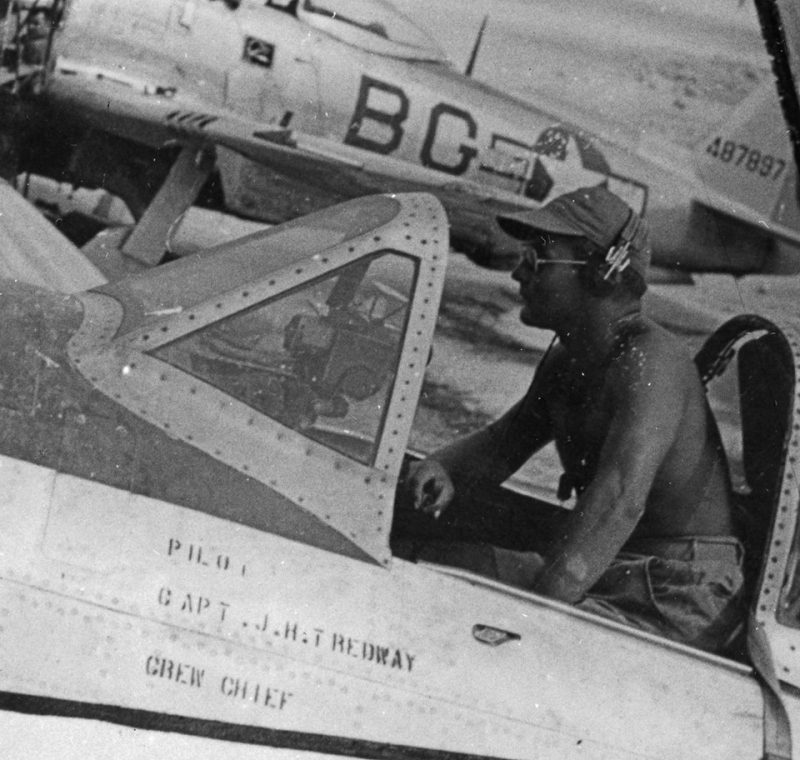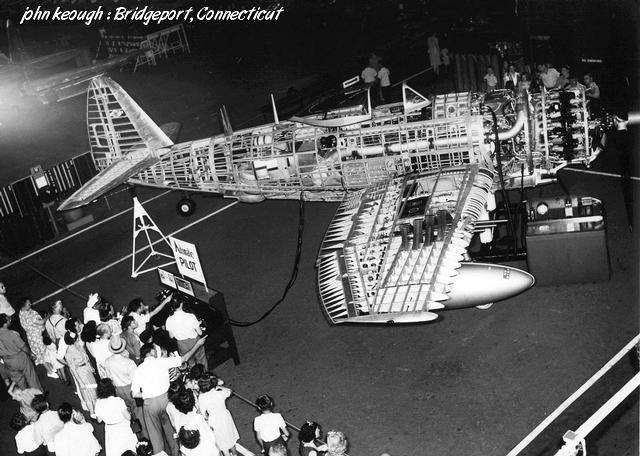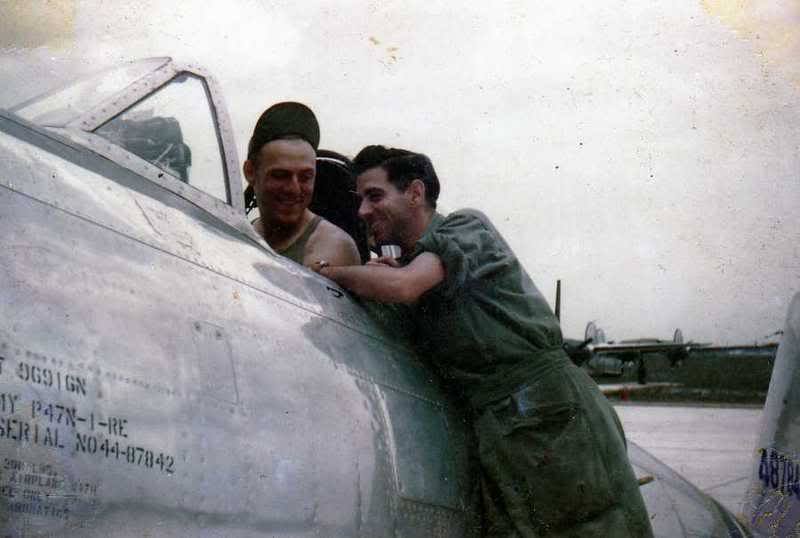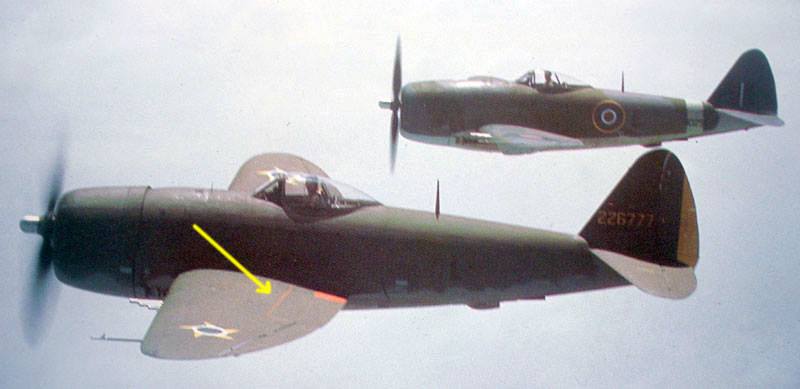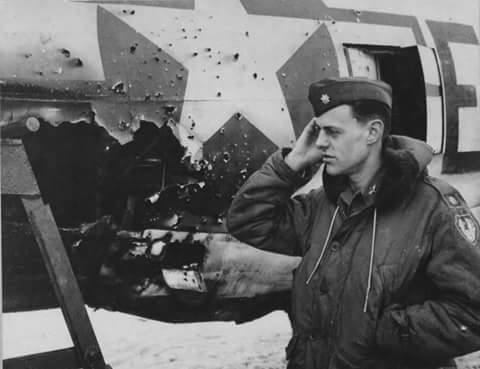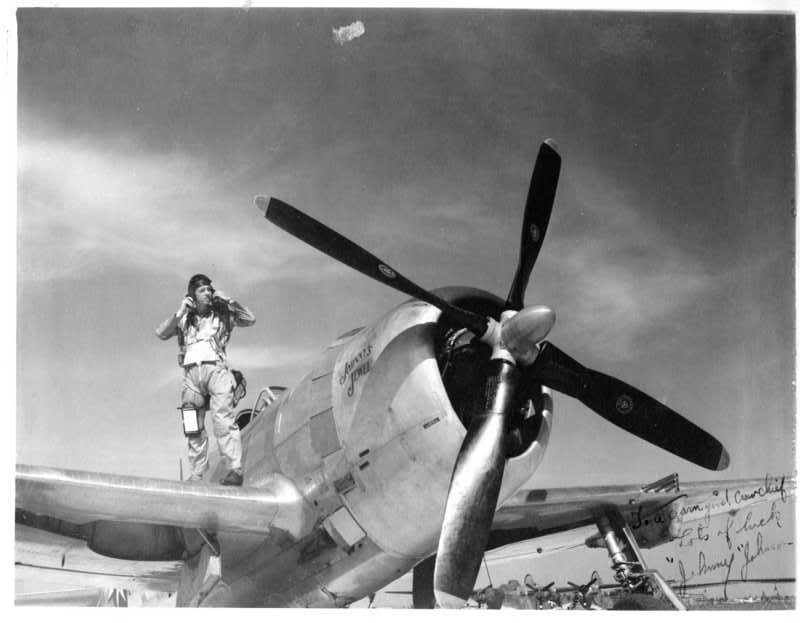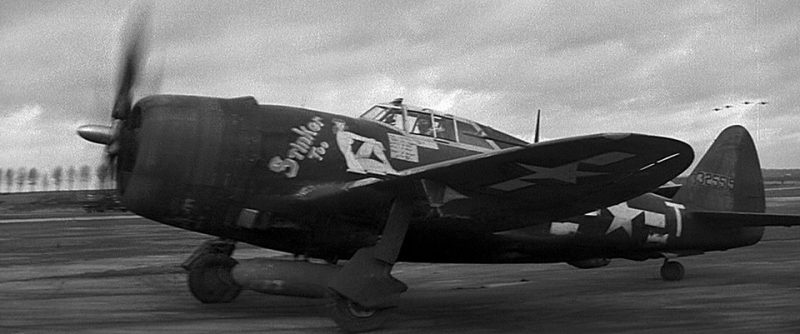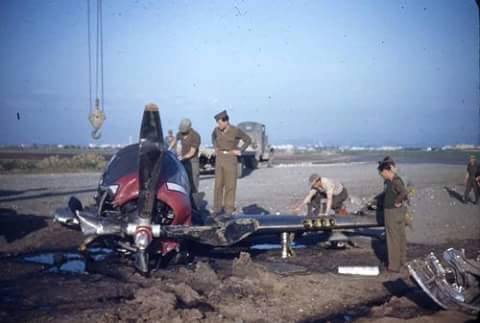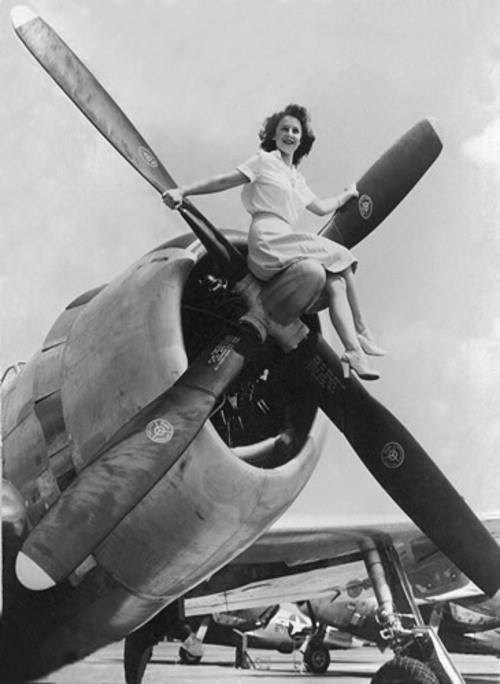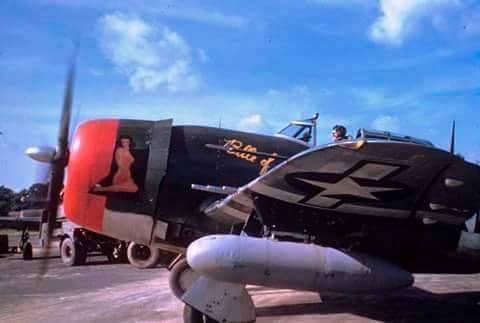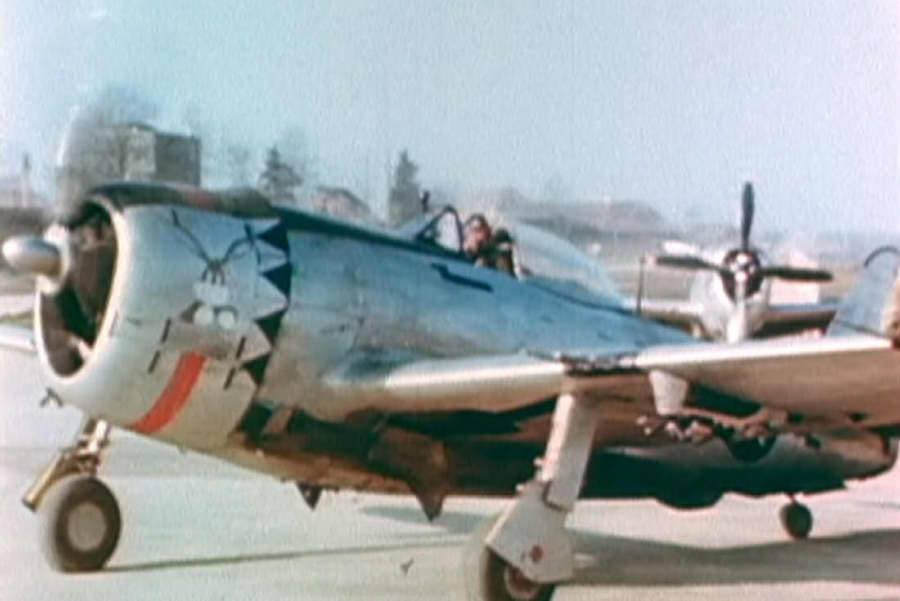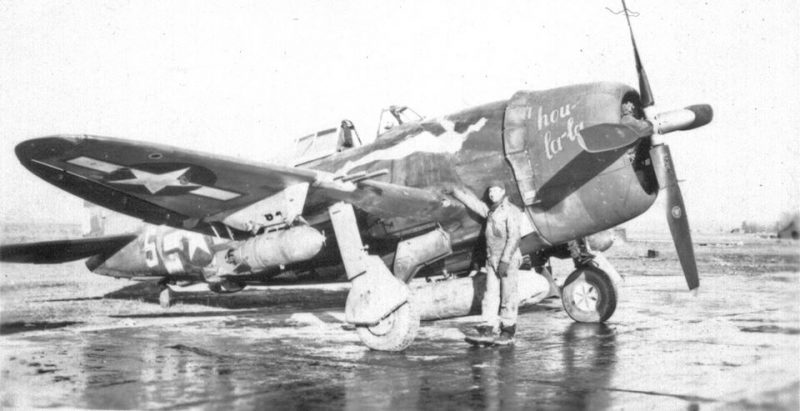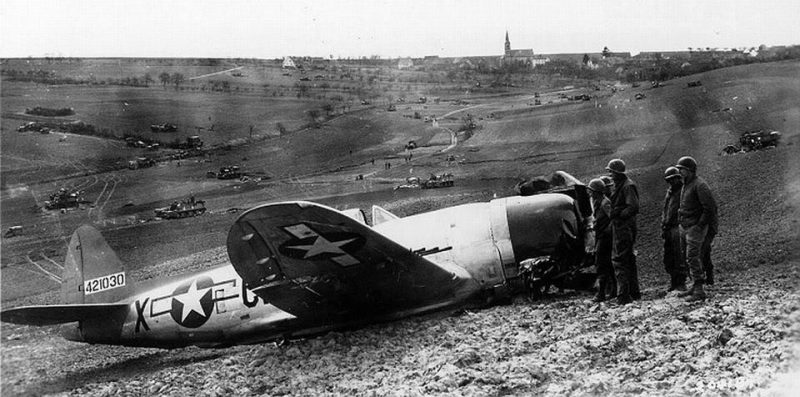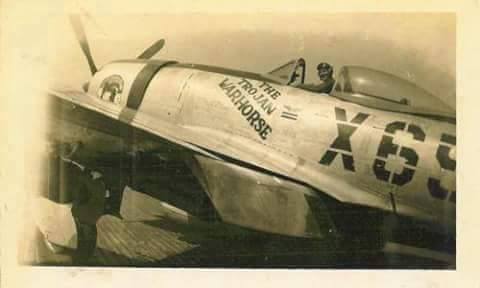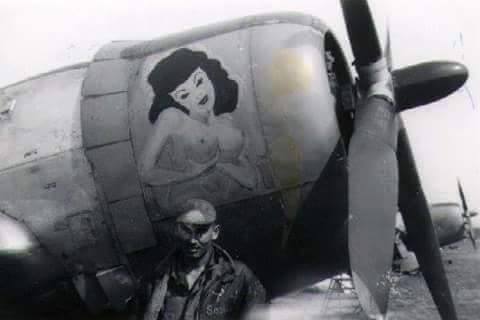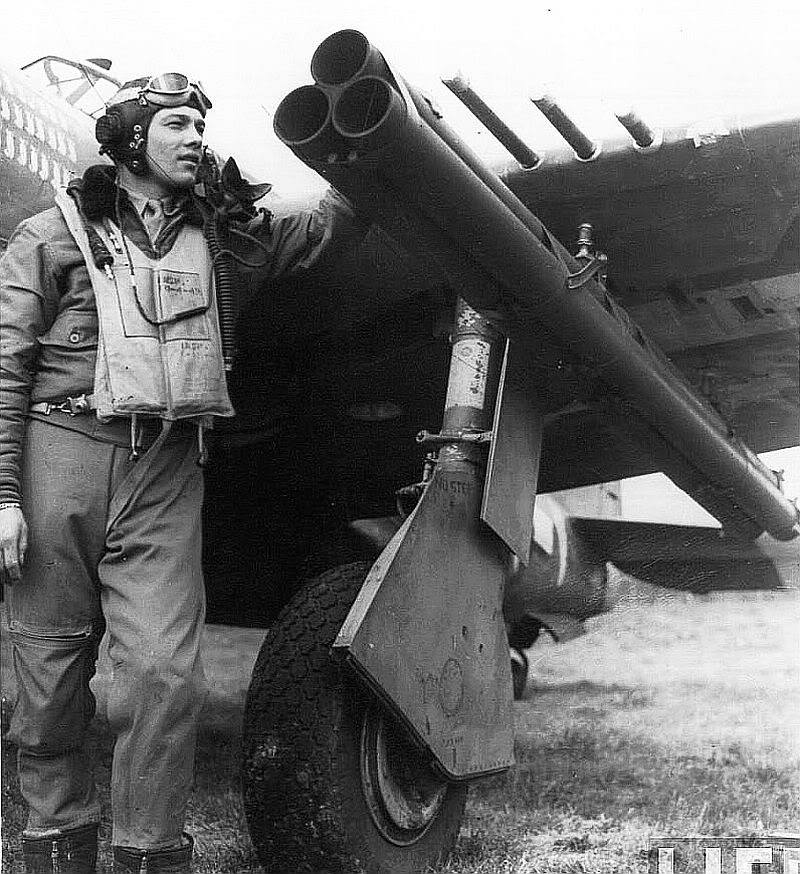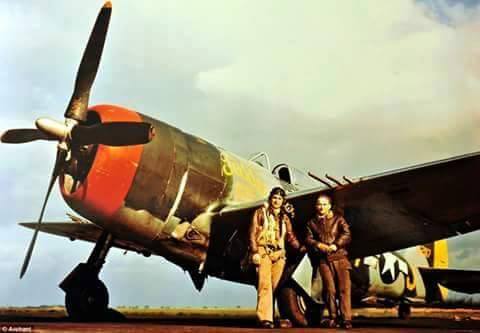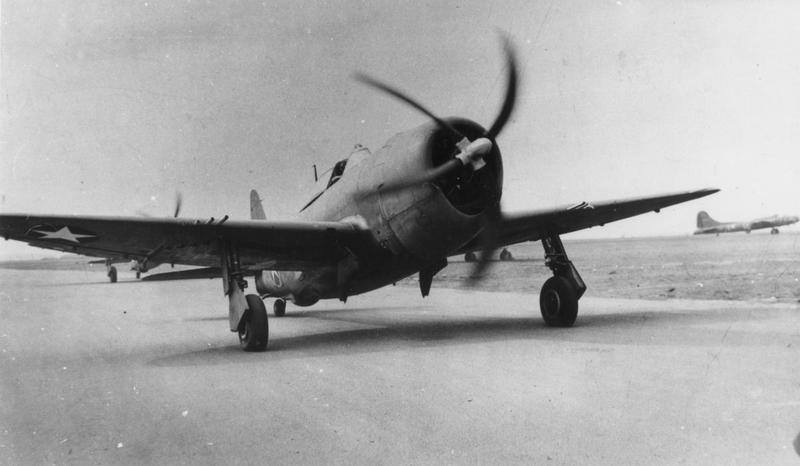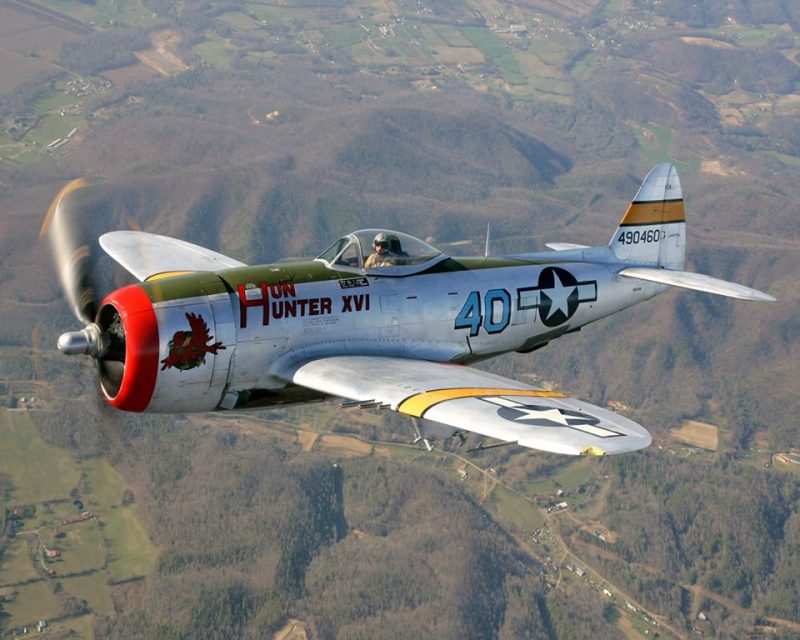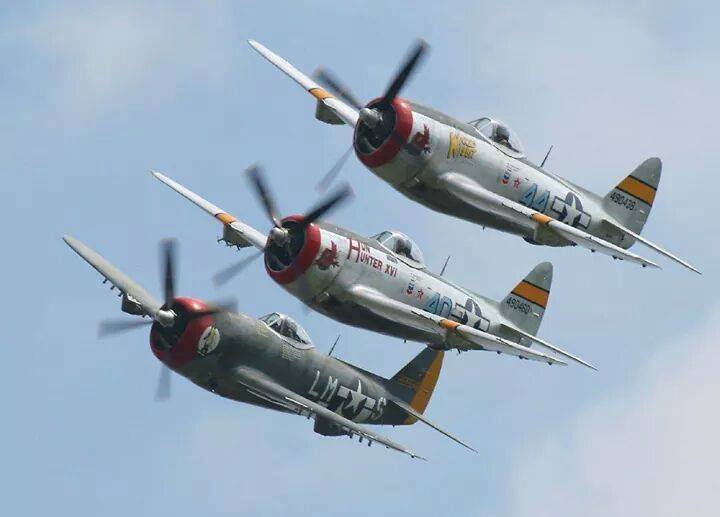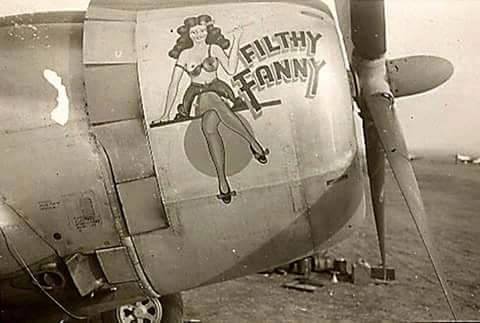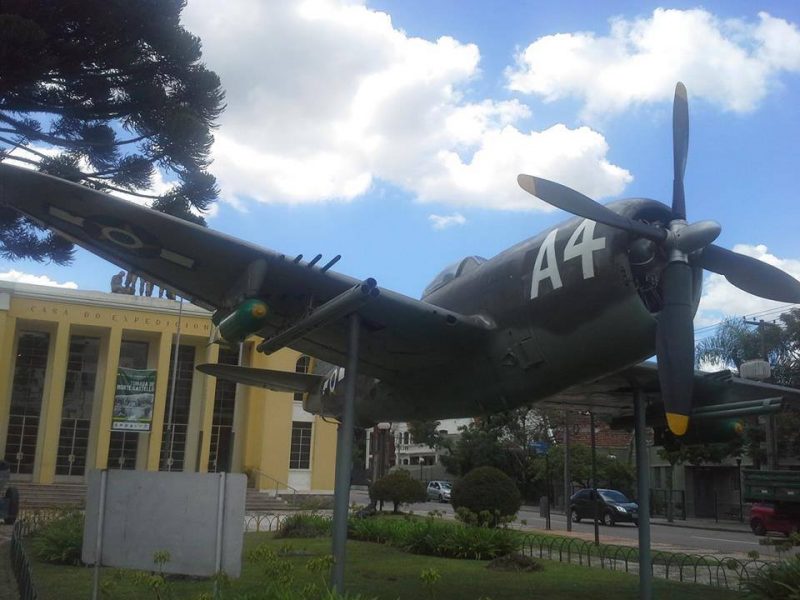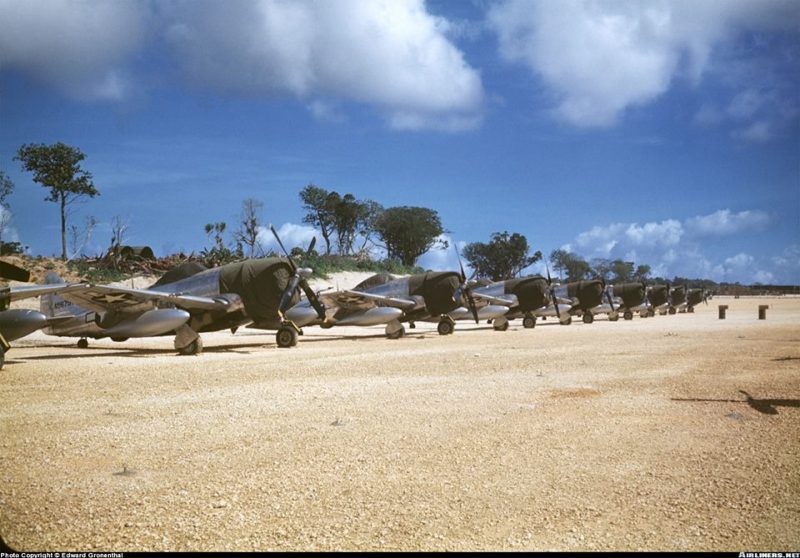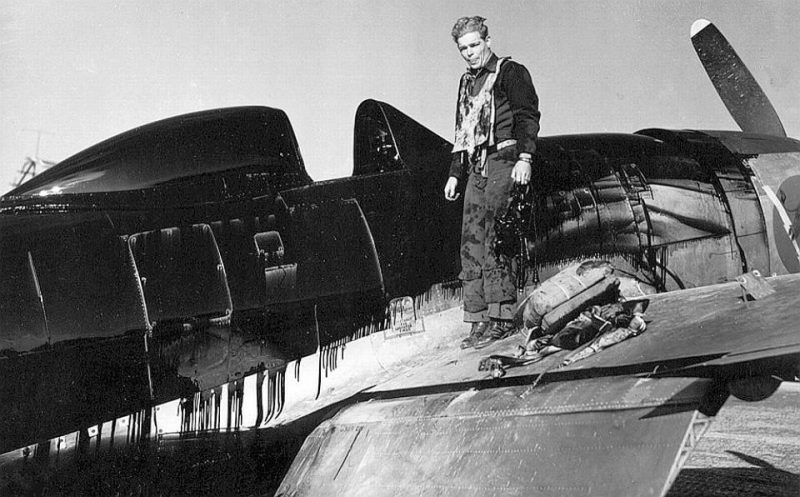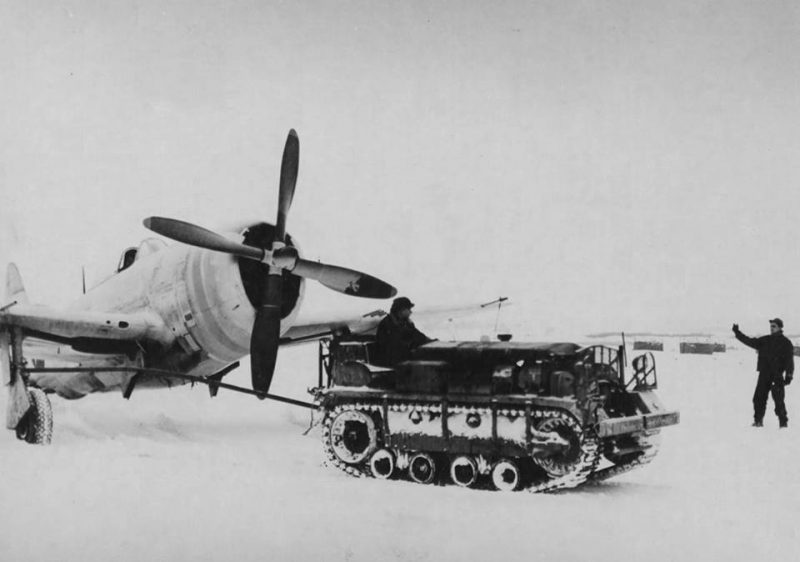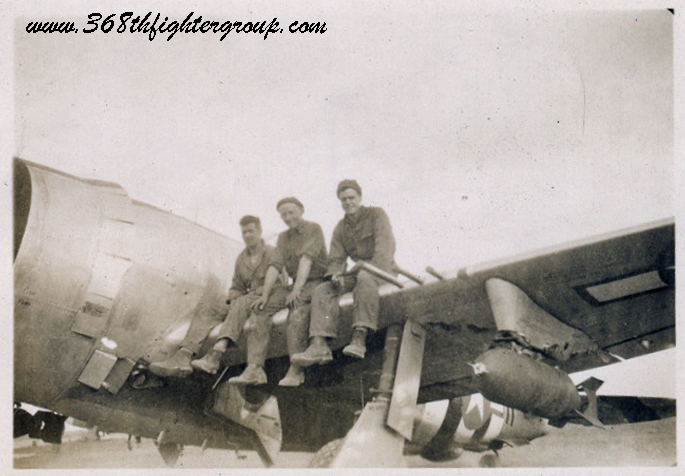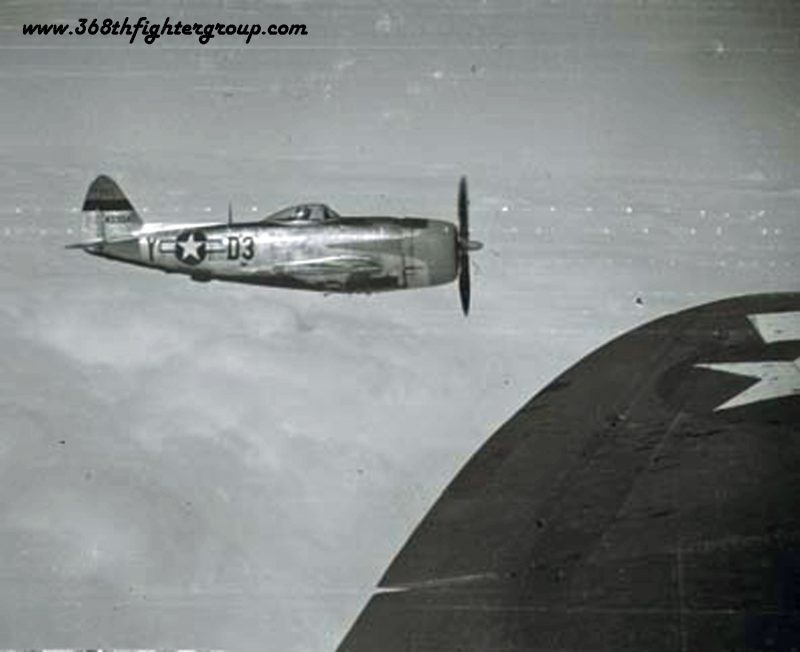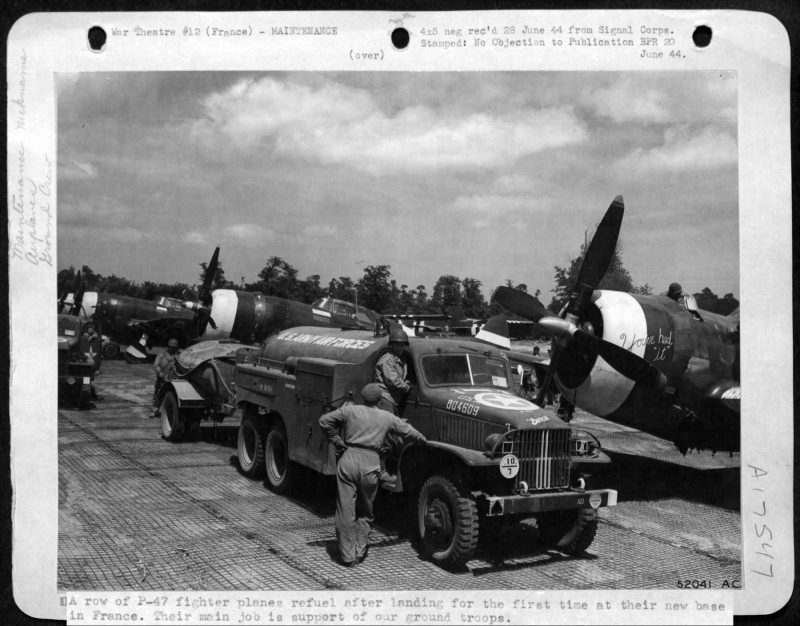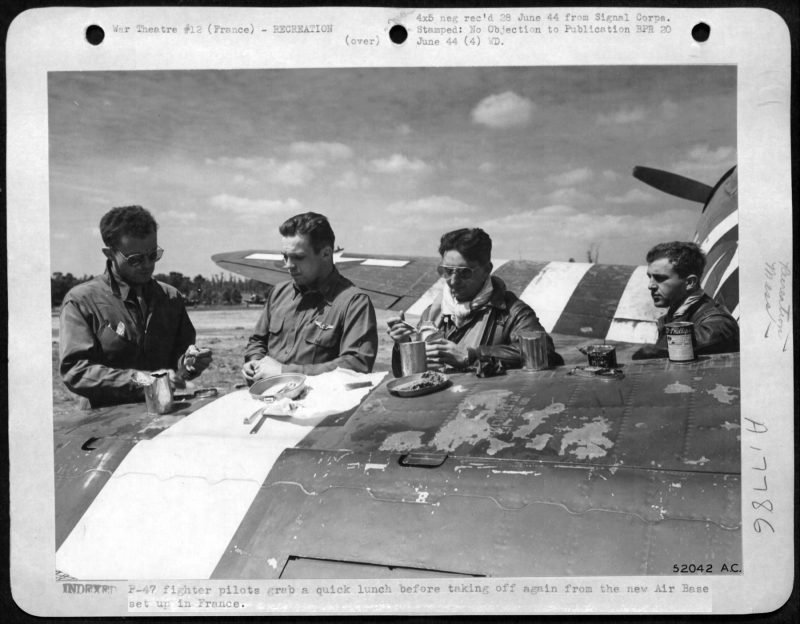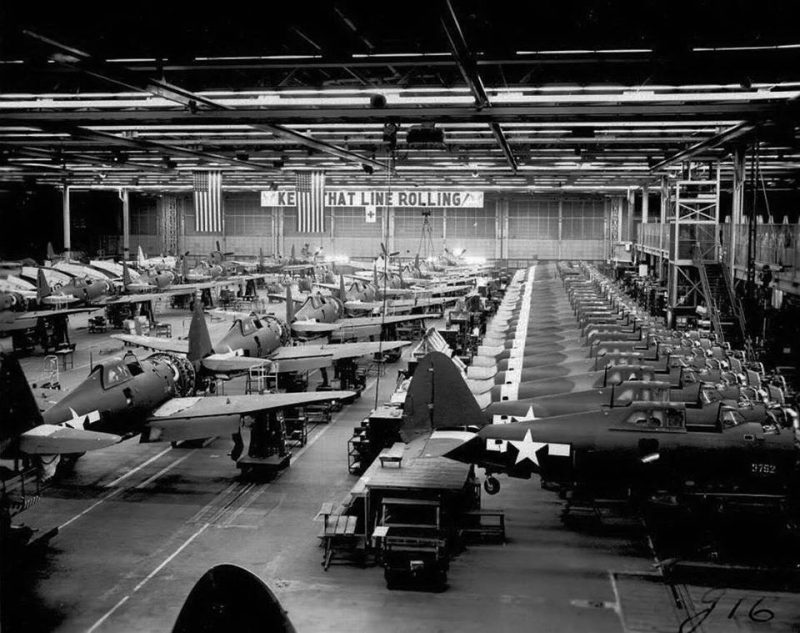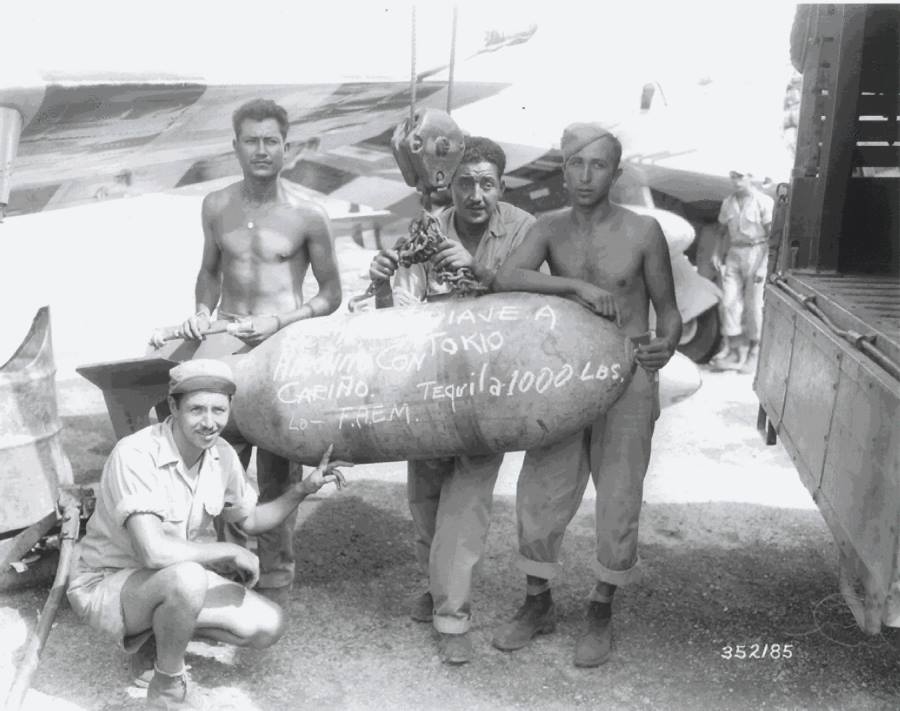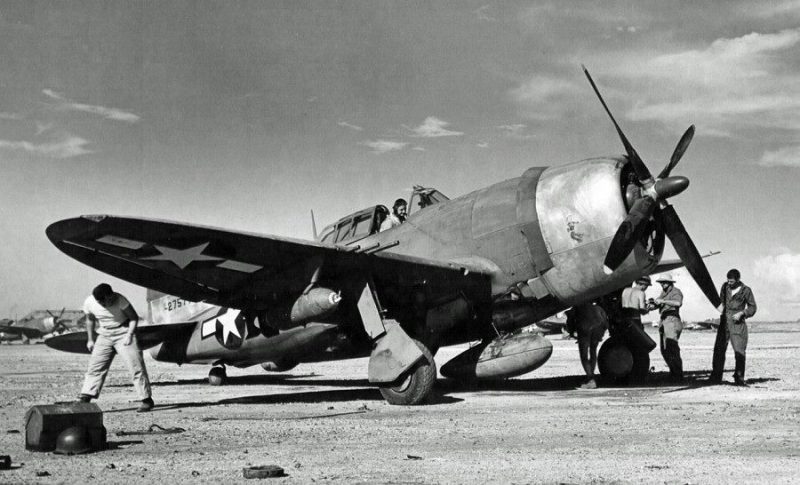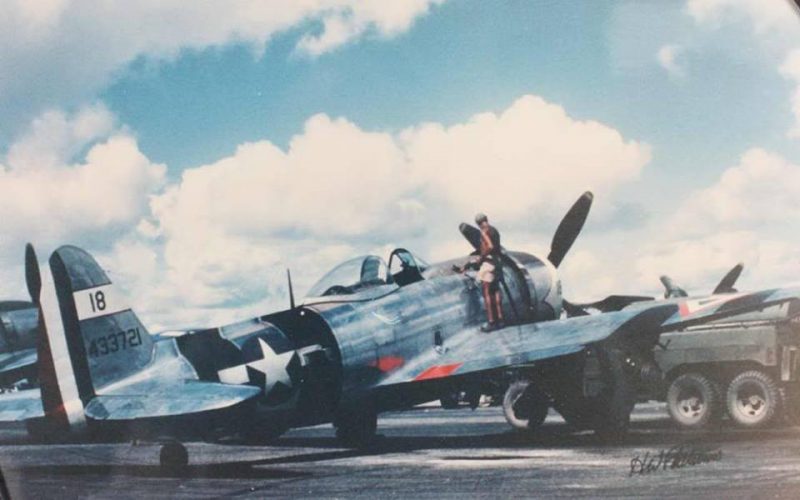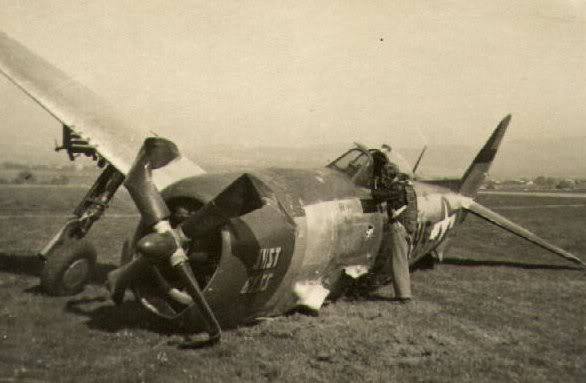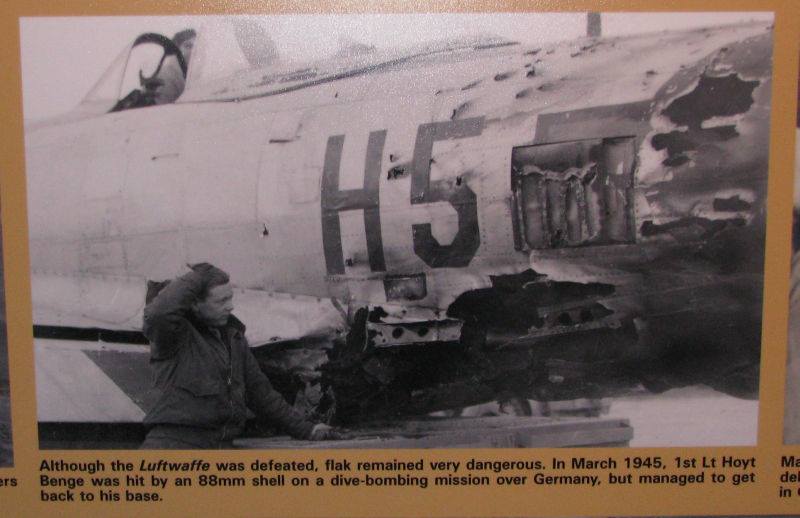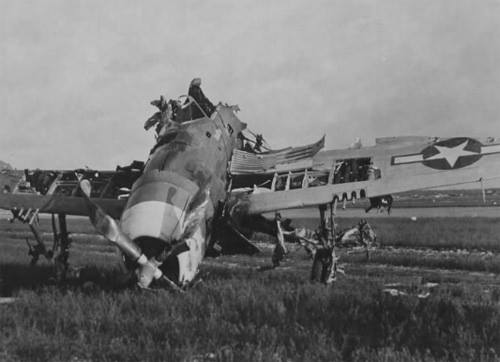The Thunderbolt was one of the heaviest and largest fighter planes ever built; it was also only powered by a single piston engine. It was only built from 1941-1945 and was equipped with eight .50-calibre machine guns, four per wing which were absolutely devastating.
When it had a full payload the Thunderbolt weighed around 8 tons; it would carry five-inch rockets or just a single bomb that weighed 2,500 pounds; it could even carry over half of the B-17 which was insane for a fighter plane.
It even out killed the P-51 Mustang during the first three months of 1944, having 540 kills to the Mustang’s 389, but eventually the Mustang over took it in kills, 972 for the Mustang and 409 for the P-47 in the second quarter of the year. The Thunderbolt even flew more attack missions than the P-51s, P-40s and P-38s combined.
Not only was the Thunderbolt one of the main fighters for the U.S. in World War II, but also served with the British, French, and Russians. Brazilian and Mexican squadrons were given the P-47 instead.
The cockpit was roomy and very comfortable, the pilot had an amazing line of sight. Even today the Thunderbolt name lives on with the Fairchild Republic A-10 Thunderbolt II.
With increases in fuel capacity as the type was refined, the range of escort missions over Europe steadily increased until the P-47 was able to accompany bombers in raids all the way into Germany. On the way back from the raids, pilots shot up ground targets of opportunity, and also used belly shackles to carry bombs on short-range missions, which led to the realization that the P-47 could perform a dual-function on escort missions as a fighter-bomber. Even with its complicated turbosupercharger system, its sturdy airframe and tough radial engine could absorb a lot of damage and still return home. Some pilots readily chose to belly-land their burning Thunderbolts rather than risk bailing out; there are instances of P-47s crash-landing after being shot down, hitting trees and absorbing impacts severe enough to snap off wings, tail, and engine, while the pilot escaped with few or no injuries.
The P-47 gradually became the USAAF’s best fighter-bomber, normally carrying 500 lb (227 kg) bombs, M8 4.5 in (115 mm) or 5 in (127 mm) High velocity aircraft rockets(HVARs, also known as “Holy Moses”). From D-Day until VE day, Thunderbolt pilots claimed to have destroyed 86,000 railroad cars, 9,000 locomotives, 6,000 armored fighting vehicles, and 68,000 trucks.
The P-47 was one of the main United States Army Air Forces (USAAF) fighters of World War II, and served with other Alliedair forces, notably those of France, Britain, and Russia. Mexican and Brazilian squadrons fighting alongside the U.S. were equipped with the P-47.
The armored cockpit was roomy inside, comfortable for the pilot, and offered good visibility. A modern-day U.S. ground-attack aircraft, the Fairchild Republic A-10 Thunderbolt II, takes its name from the P-47
Production changes gradually addressed the problems with P-47B, and on balance, with experience, the USAAF decided that the P-47 was worthwhile, and quickly followed the initial order for P-47Bs with another order for 602 more examples of an improved model, named P-47C, with the first of this variant delivered in September 1942. The initial P-47Cs were very similar to the P-47B.
Republic P-47C-2-RE Thunderbolts of the 61st Fighter Squadron, 56th Fighter Group 41-6265 identifiable, 1943.Initial deliveries of the Thunderbolt to the USAAF were to the 56th Fighter Group, which was also on Long Island. The 56th served as an operational evaluation unit for the new fighter. Teething problems continued. A Republic test pilot was killed in the fifth production P-47B when it went out of control in a dive on 26 March 1942, and crashed due to failure of the tail assembly, after fabric-covered tail surfaces ballooned and ruptured.[13] The introduction of revised rudder and elevator balance systems and other changes corrected these problems. In spite of the problems, the USAAF was interested enough to order an additional 602 examples of the refined P-47C, with the first of the variant delivered in September 1942
By the end of 1942, P-47Cs were sent to England for combat operations. The initial Thunderbolt flyers, 56th Fighter Group, was sent overseas to join the 8th Air Force. As the P-47 Thunderbolt worked up to operational status, it gained a nickname: the “Jug” (because its profile was similar to that of a common milk jug of the time).[N 4] Two Fighter Groups already stationing in England began introducing the Jugs in January 1943: the Spitfire-flying 4th Fighter Group, a unit built around a core of experienced American pilots who had flown in the RAF Eagle Squadrons prior to the US entry in the war; and the 78th Fighter Group, formerly using P-38 Lightning.
Beginning in January 1943, Thunderbolt fighters were sent to the joint Army Air Forces – civilian Millville Airport in Millville, New Jersey in order to train civilian and military pilots.
The first P-47 combat mission took place 10 March 1943 when the 4th FG took their aircraft on a fighter sweep over France. The mission was a failure due to radio malfunctions. All P-47s were refitted with British radios, and missions resumed 8 April. The first P-47 air combat took place 15 April with Major Don Blakeslee of the 4th FG scoring the Thunderbolt’s first air victory (against a Focke Wulf Fw 190). On 17 August, P-47s performed their first large-scale escort missions, providing B-17 bombers with both penetration and withdrawal support of the Schweinfurt-Regensburg mission, and claiming 19 kills against three losses.
By mid-1943, the Jug was also in service with the 12th Air Force in Italy, and it was fighting against the Japanese in the Pacific with the348th Fighter Group flying escort missions out of Brisbane, Australia. By 1944, the Thunderbolt was in combat with the USAAF in all its operational theaters, except Alaska.
